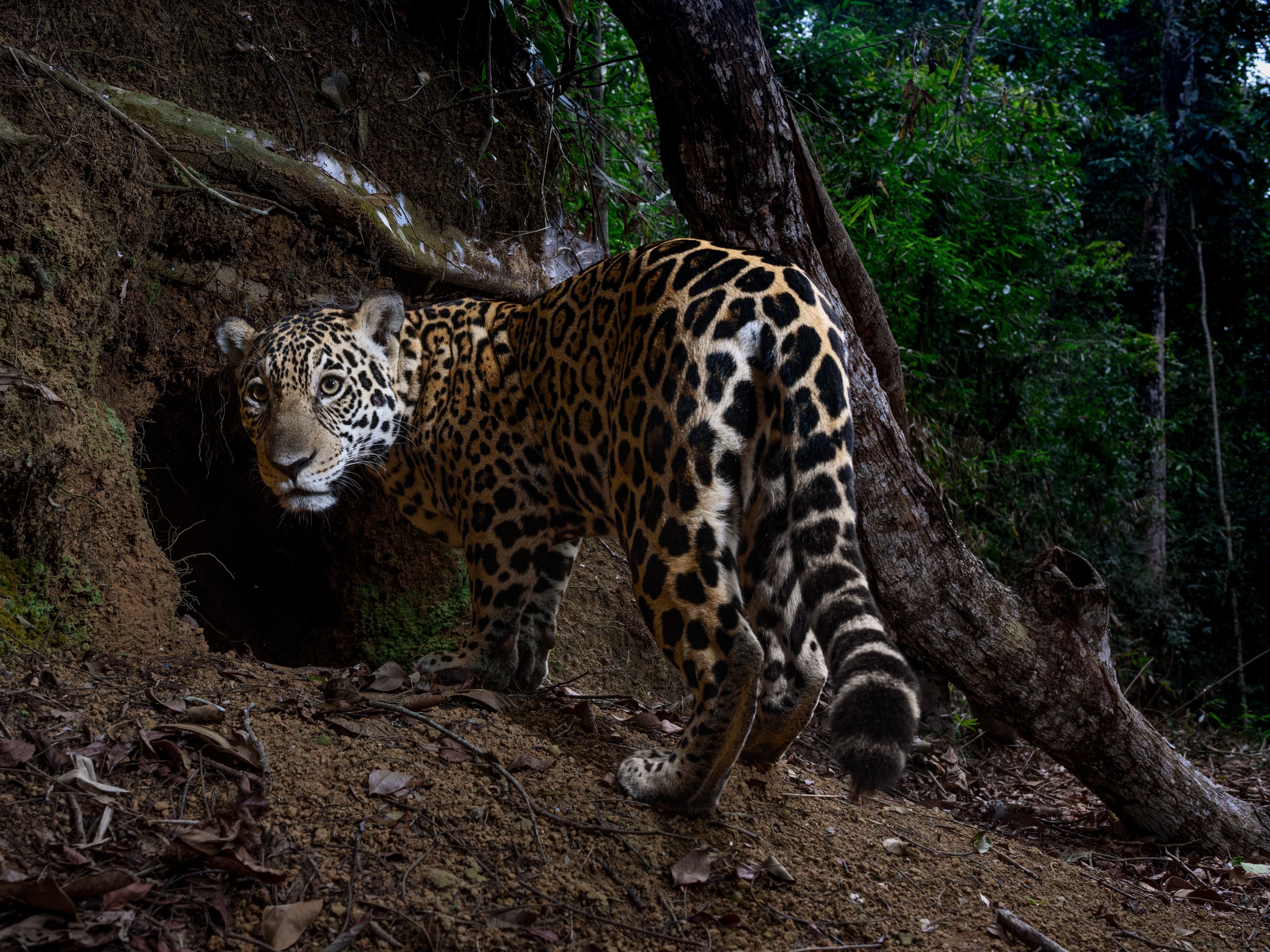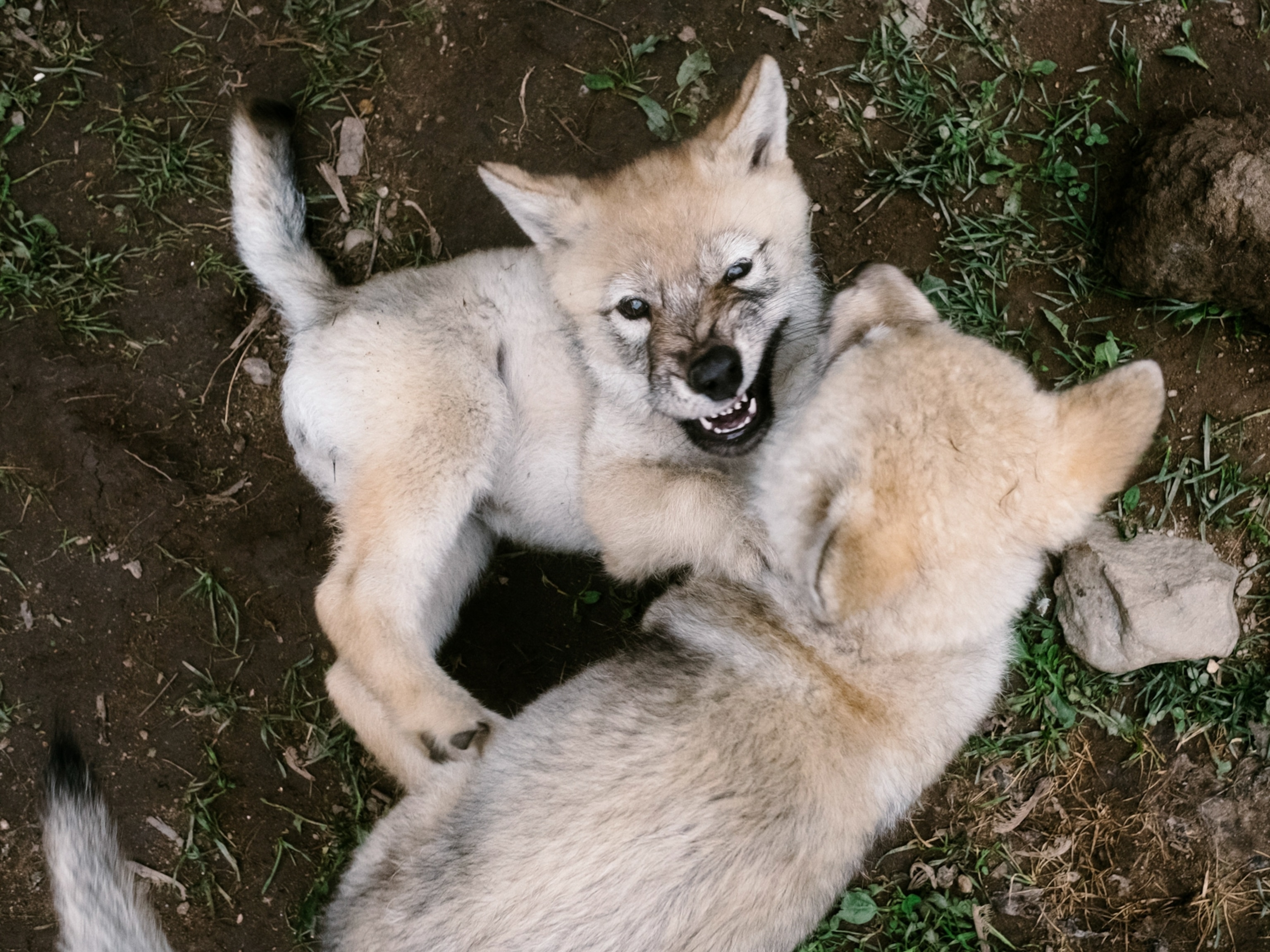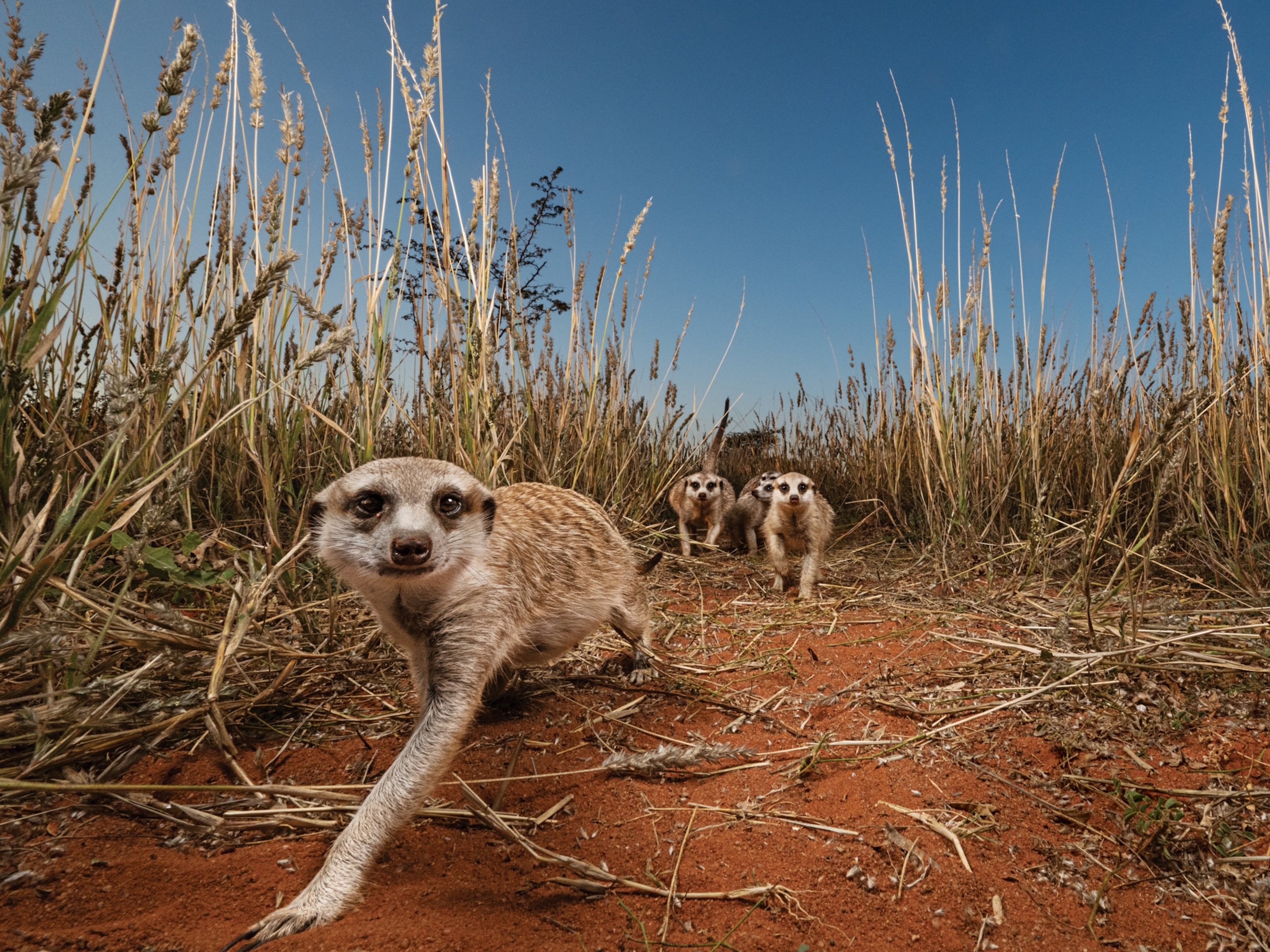
Tiny, Rabbit-Like Animals Eating "Paper" to Survive Global Warming
A new study probed the surprising diet of threatened alpine pikas.
As the planet continues to warm, conservation biologists worry about the future of species that depend on the cold, such as the furry pikas that live in mountainous areas of North America, Europe, and Asia. But American pikas (Ochotona princeps) may be able to survive a warming planet thanks to a most unusual food source.
A new study found that pikas living at lower elevations seem to thrive in part by eating nutrient-poor mosses, which suggests that these animals may be able to adapt their behavior to a warming planet.
Pikas are known for their ability to live in frigid, alpine areas, and these furry critters are a common sight on the rocky slopes of Mount Hood, outside of Portland, Oregon. Part of the lagomorph order, which includes rabbits and hares, the American pika is the size of a large mouse and looks like a miniature guinea pig.
The pika has a very high metabolism, which enables it to produce large amounts of body heat. Its large belly, short limbs, small ears, and absent tail give it an almost spherical shape that helps it conserve this body heat, as does its thick layer of gray-brown fur. The pika is so good at conserving heat that spending more than two days living at temperatures above 78°F (25.5°C) can kill it.
It's why University of Utah Ph.D. student Johanna Varner was so surprised to hear reports of pikas living in the Columbia River Gorge, a low-lying area not far from Mount Hood. The environment in the gorge is totally different from what the pikas were used to on Mount Hood itself.
On the mountain, the pikas had only three months without snow—a short summer period in which the roly-poly furballs made a mad dash to collect as many plants, grasses, and shrubs as they could to create caches of food known as haypiles to nibble on throughout the long winter. The Columbia River Gorge, on the other hand, is covered in snow for less than three weeks per year. Varner wanted to know how these pikas lived and what they ate.
She trekked from Utah to Oregon to conduct detailed studies of the pikas on Mount Hood and in the gorge. In the Journal of Mammalogy, Varner and a colleague note that they took turns at two-hour binocular shifts, observing everything that adult pikas ate. Unlike their counterparts on Mount Hood, the Columbia Gorge pikas consumed a diet of moss. This surprised Varner even more because mosses are not a high-quality food source.
"Mammals typically can't eat large amounts of moss because it's a low-quality food. It's about 80 percent fiber, so it's kind of the consistency of eating paper," Varner said.
Eats, Poops, and Leaves
Helping the pikas extract maximum nutrition from these mosses is a habit called coprophagia, which "is a fancy way of saying they eat their own poop," Varner says.
Although the pika produces some fecal pellets that are small and hard, it also produces fecal matter known as caecal pellets, which are larger and wetter than other poop. The pikas then reingest the caecal pellets, which are a surprisingly nutritious mix of partially digested moss and gut microbes. Unlike the pika, the microbes can directly digest the moss, which enables the pika to extract more nutrients.
"This is about six times more nutritious than the moss is," Varner said. "It's the same idea as a cow chewing its cud, only the pikas use the other end."
Although the moss might not provide the quality of nutrients that grasses and wildflowers provide—even when the pikas eat their fecal leftovers—Varner noted that the low-altitude pikas did not appear to expend nearly as much energy gathering plants for their haypiles as the pikas on Mount Hood did. This energy savings might help to offset the reduced nutrients and energy in the moss.
In 2010, the U.S. Fish and Wildlife Service declared that American pikas were not yet considered endangered and declined to add them to the endangered species list. This upset many environmentalists, who believe that warming temperatures are placing the pikas at risk.
Varner says that her work doesn't imply that climate change won't ever harm pikas, but it does indicate that they are much more flexible in their behaviors than previously thought. She also notes that it's still currently unclear whether other pika species share this behavioral flexibility and cautions against assuming that all pika species will respond this way to climate change.





